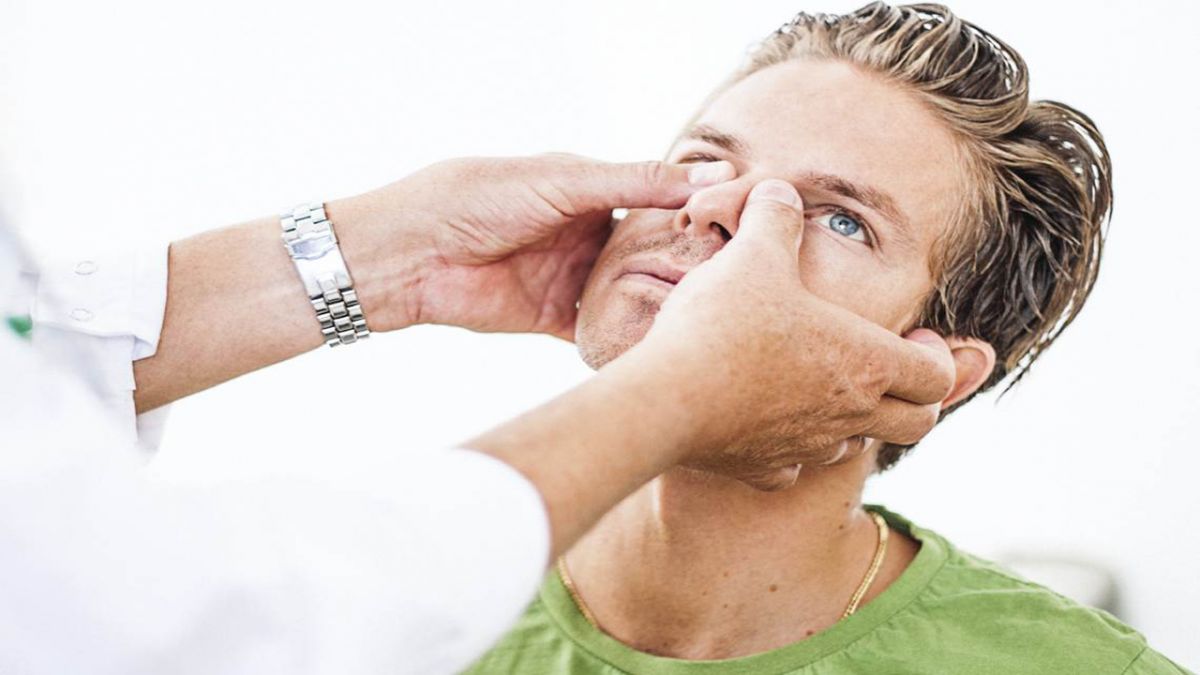Advertisement
Nasal polyps are soft, non - cancerous growths that develop in the lining of the nasal cavity or the sinuses. These polyps are typically grape - like in appearance and can vary in size. They are composed of inflamed tissue that contains blood vessels, glands, and connective tissue.

The exact cause of nasal polyps remains somewhat unclear, but several factors are strongly associated with their development. Chronic inflammation is a key factor. Conditions such as chronic rhinosinusitis, which is an inflammation of the nasal cavity and sinuses that lasts for 12 weeks or more, can lead to the formation of nasal polyps. Allergic reactions also play a significant role. When the body is exposed to allergens, it triggers an immune response that can cause the nasal mucosa to become inflamed over time, contributing to polyp growth. Additionally, genetic factors may make some individuals more predisposed to developing nasal polyps.
One of the most common symptoms of nasal polyps is nasal congestion. As the polyps grow, they can block the nasal passages, making it difficult to breathe through the nose. This congestion can be mild at first, with patients experiencing a partial blockage, but it can progress to a complete obstruction, forcing them to breathe through their mouths. The congestion may be unilateral (affecting only one nostril) initially, but as the polyps grow, it often becomes bilateral.
Rhinorrhea, or a runny nose, is another prevalent symptom. The presence of nasal polyps can irritate the nasal mucosa, causing an overproduction of mucus. This mucus can be clear and thin, or it may become thick and discolored if there is an associated infection. The constant runny nose can be bothersome and may require frequent blowing of the nose, which can further irritate the nasal passages.
Nasal polyps can interfere with the normal function of the olfactory system, leading to a reduced sense of smell or, in severe cases, complete anosmia (loss of smell). The polyps can block the passage of odor molecules to the olfactory receptors in the upper part of the nasal cavity. Since the sense of smell is closely linked to the sense of taste, patients may also experience a decrease in their ability to taste food properly, which can significantly impact their quality of life.
In some cases, nasal polyps can cause facial pain and pressure. As the polyps grow in the sinuses, they can put pressure on the surrounding structures, including the bones of the face. This can result in a dull, aching pain in the cheeks, forehead, or around the eyes. The pain may be more pronounced when bending over or when the sinuses are unable to drain properly, which can lead to an accumulation of mucus and increased pressure within the sinuses.
The nasal congestion caused by nasal polyps can contribute to snoring and sleep - disordered breathing. When the nasal passages are blocked, air has to force its way through the narrow openings, creating a vibrating sound (snoring). In more severe cases, it can lead to obstructive sleep apnea, a condition where breathing repeatedly stops and starts during sleep. This can cause daytime sleepiness, fatigue, and other health problems if left untreated.
A physical examination by an ear, nose, and throat (ENT) specialist is usually the first step in diagnosing nasal polyps. The doctor will use an otoscope or a nasal endoscope to visually inspect the nasal cavity. The nasal endoscope is a thin, flexible tube with a light and a camera on the end, which allows for a more detailed view of the nasal passages and sinuses. During the examination, the doctor can directly observe the presence, size, and location of the polyps.
Imaging studies are often used to complement the physical examination. A computed tomography (CT) scan of the sinuses is a common imaging modality. It provides detailed cross - sectional images of the nasal cavity and sinuses, allowing the doctor to see the extent of the polyp growth, any associated sinusitis, and the relationship of the polyps to the surrounding structures. Magnetic resonance imaging (MRI) may also be used in some cases, especially when there is a need to further evaluate the soft - tissue characteristics of the polyps or to rule out other conditions.
Since allergies are often associated with nasal polyps, allergy testing may be performed. This can include skin prick tests or blood tests to identify specific allergens that the patient may be sensitive to. Knowing the allergens can help in developing a comprehensive treatment plan, including allergen avoidance strategies.

Corticosteroids are a mainstay of medical treatment for nasal polyps. Nasal corticosteroid sprays can be used to reduce inflammation in the nasal cavity and shrink the polyps. They work by suppressing the immune response and reducing the production of inflammatory mediators. In more severe cases, oral corticosteroids may be prescribed for a short period to rapidly reduce the size of the polyps. However, long - term use of oral corticosteroids can have significant side effects, so they are used with caution.
Antihistamines may also be prescribed, especially if allergies are contributing to the development or exacerbation of the polyps. They help to reduce the allergic response, which can in turn reduce the inflammation in the nasal mucosa.
When medical treatment fails to effectively control the symptoms of nasal polyps, surgical removal may be considered. The most common surgical procedure for nasal polyps is endoscopic sinus surgery. During this procedure, the surgeon uses an endoscope to access the nasal cavity and sinuses. Specialized instruments are then used to carefully remove the polyps. The goal of the surgery is not only to remove the polyps but also to improve sinus drainage and reduce the risk of recurrence.
After surgery, patients typically need to follow a post - operative care plan, which may include the use of nasal saline irrigations to keep the nasal passages clean, continued use of nasal corticosteroid sprays to prevent recurrence, and regular follow - up appointments with the ENT doctor to monitor for any signs of polyp regrowth.
In conclusion, nasal polyps can cause a range of uncomfortable symptoms that can significantly impact a person's quality of life. Early diagnosis through a combination of physical examination, imaging studies, and allergy testing, along with appropriate treatment, whether medical or surgical, can help manage the condition and improve the patient's overall well - being.
Advertisement




